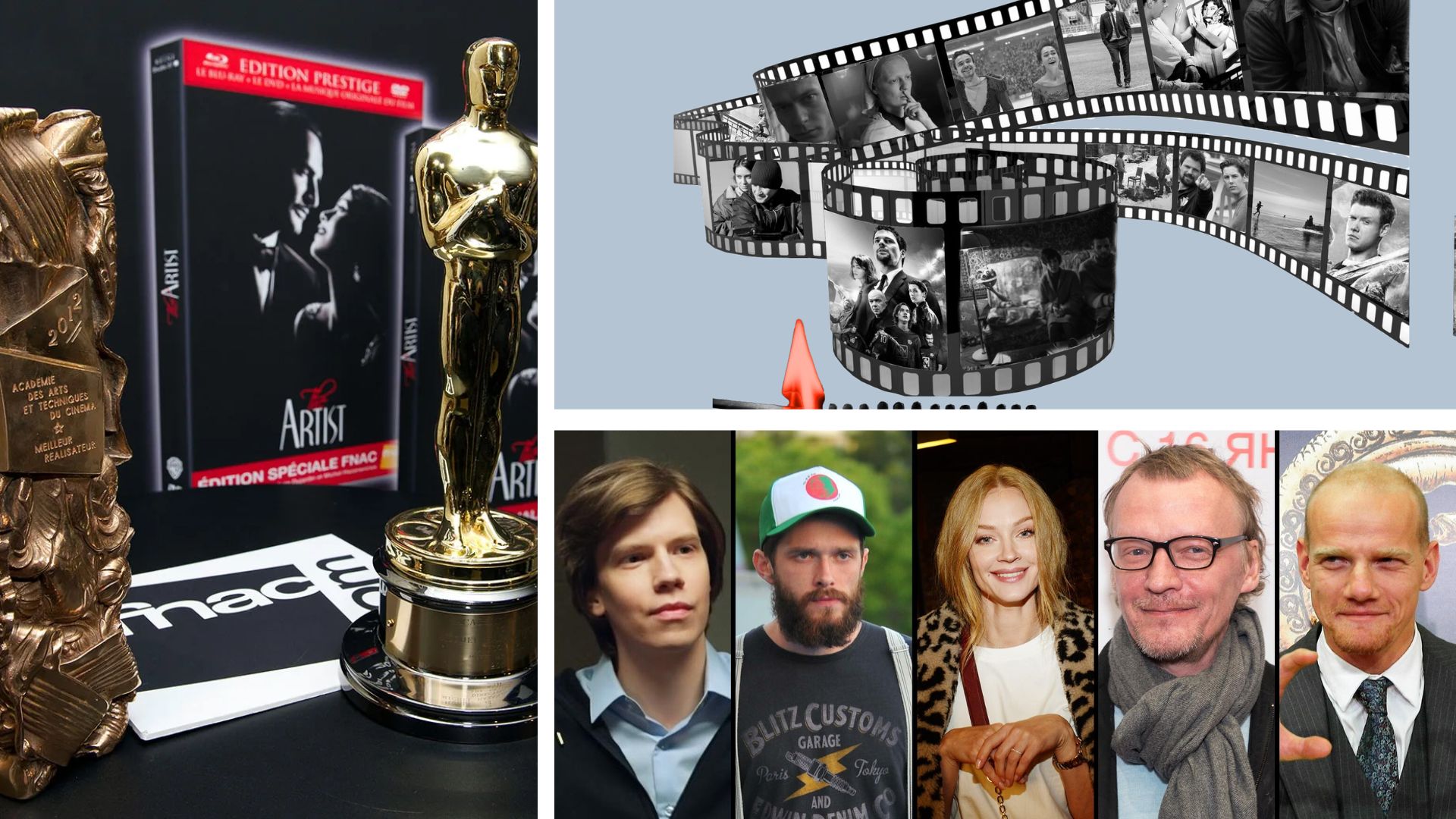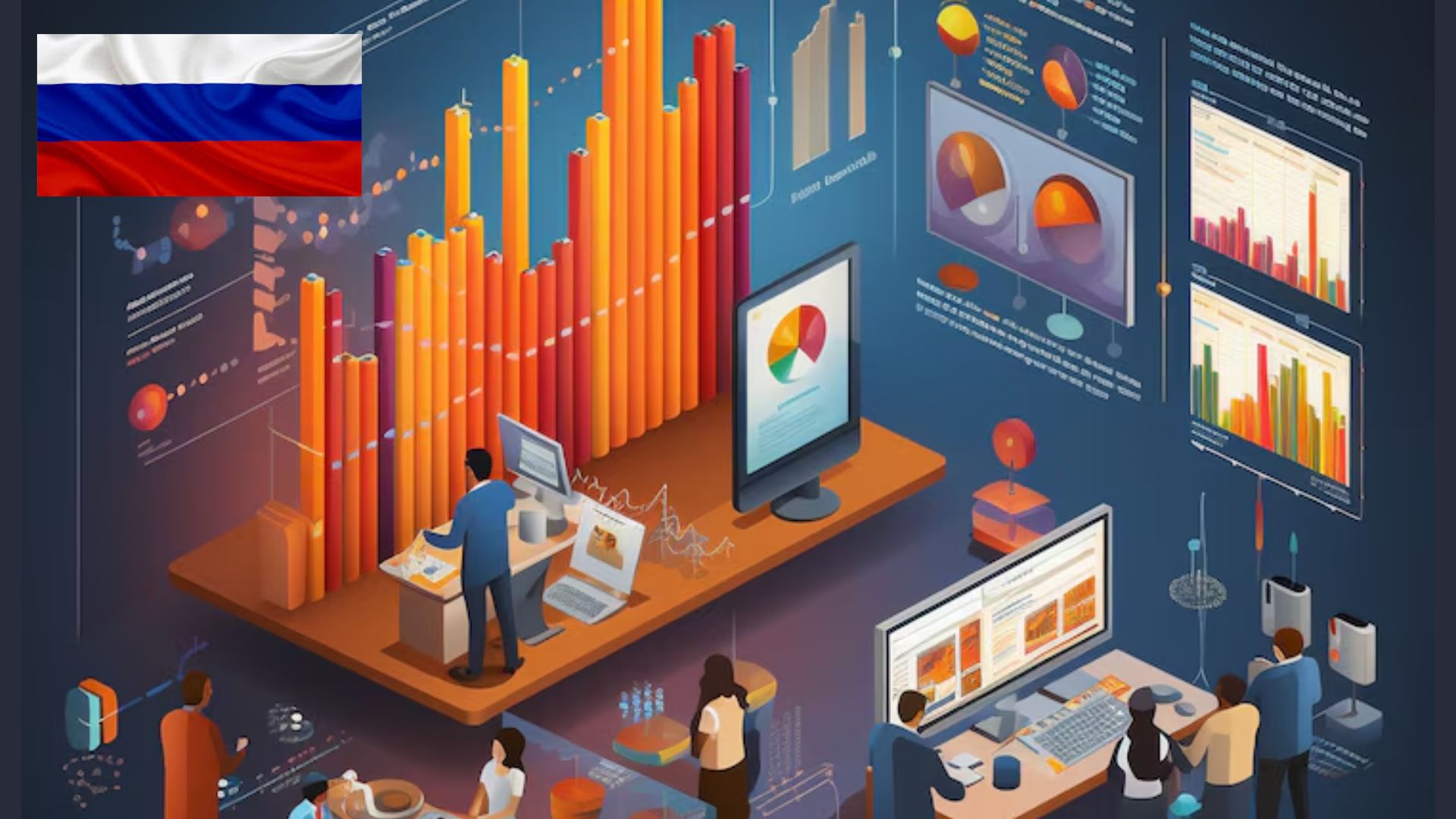Russia's distinct and dynamic culture emerged from the complex interaction between indigenous
Slavic cultural elements and imports from a wide range of foreign civilizations, much like the
nation itself. Russia was influenced with some of the culture from past eastern orthodox
byzantine culture was the main source of borrowings during the Kievan period, which spanned the
10th to 13th century.
The Orthodox Christianity came into Ancient Russia in the 10th century. Churches, cathedrals
and monasteries constructed in different centuries reflected the spirituality of Russia. It is
possible to call cultural symbols of the country Basil’s Cathedral in the centre of Moscow,
white-stone temple on the Nerl river, unique Church of Transfiguration in Kizhi.

Russia Clothing
Traditional clothing gives a sense of the traditions variety, it expresses the people's identity
through the national costumes. Some people in the north used animal skins and pearls to show the
beauty of the dress, Russian people hand painted linen fabric and sewed the blouses and sarafans
and decorated them with the embroidery.
Traditional costumes are designed for holidays, carnivals and also for casual wear. Russian
traditional costumes are in high demand by theaters, dance studios and churches all over the
world. All our Russian clothing is handmade and can be customized to any needs.
Nowadays traditional clothing is the one that has amazing traits of our ancestors. Since old
times clothing was designed not only to protect from cold and bad weather but also to decorate.
Traditional clothing could tell a lot about a person: where he comes from, how rich or how old
he was. A lot of people have heard about Russian traditonal clothing but have no idea about the
difference between Russian clothes, Ukrainian clothes, Georgian clothing and Armenian clothing.

Russia Food
Russian cuisine was divided in four groups: Old Russian cuisine (ninth to sixteenth century),
Old Moscow cuisine (seventeenth century), the cuisine that existed during the ruling of Peter
and Catherine the Great (eighteenth century), and finally Petersburg cuisine, which took place
from the end of the eighteenth century to the 1860s.
In the Old Russian period, the main food groups were bread, grains, and other foods that
contained starch. Women baked pies with many different fillings, such as mushrooms or berries.
During gatherings, a loaf of bread and salt was always present. Kasha, such as buckwheat and
oats, were represented as wellbeing to the household. Many Russians used honey and berries and
made them into gingerbread, which is still a popular Russian dessert. Many current Russian
dishes were inspired from Asian cultures, such as pelmeni.

Russia Art
Religious art was the only visual art form between the Christianization of Russia in the 10th century and the development of Parsunas, which were secular representations of the traditional icon, in the 16th century. During his reign, Peter the Great invited foreign artists into the country, as well as funded Russian artists to receive formal training abroad. A notable departure from the established institution of art came with Peredvizhnik, also known as the Wanderers or Itinerants (1863), who wanted to move away from the conservative principles of the Academy of Arts, in favor of using art to promote social and political reform. Modern art flourished in the years leading up to the formation of the Soviet Union. Cubo-Futurism, Rayonnism, Suprematism and Constructivism were the most important of the schools that emerged during this time. During the Soviet Union (1922), art was seen as a political tool, and social realism was the only allowed art form. Soviet underground non-conformist art developed as a response to the strict sanctions placed on the arts.

Russia Film Industry
The Film Industry underwent a significant transformation during the Soviet era, particularly
after the 1917 Russian Revolution. The Bolshevik government recognized the Power of Cinema as a
tool for propaganda and education leading to the establishment of state-controlled Film
Production and Film Distribution.
Russian Cinema has a rich and diverse history that spans over a century, marked by various
artistic movements, political influences and cultural shifts. The evolution of Russian Cinema
reflects the turbulent and dynamic nature of the country itself. From its early days in the late
19th century to the present, Russian Cinema has produced Iconic Films and Influential Filmmakers
contributing significantly to the Global Cinematic Landscape.

Russia Economy
The International Monetary Fund this month raised its 2024 forecast for Russia's GDP growth to
3.2% from the 2.6% projected in January, pointing to strong government spending and investment
related to the war, as well as higher consumer spending in a tight labour market and strong oil
export revenues in spite of Western sanctions.
Economy Minister Maxim Reshetnikov, speaking at a government meeting, said the main factor
behind economic growth was domestic consumer and investment demand.
The economy ministry expects GDP growth of around 2.3% in 2025-2026, while the rouble is forecast to make a steady decline to trade at an average of 101.2 to the dollar in 2026, compared with current levels around 93.
Russia expects oil prices to fall, the forecast showed, and the export price of Russian oil until 2027 is seen at $65 a barrel. Russia's Urals crude currently trades at around $79 per barrel.